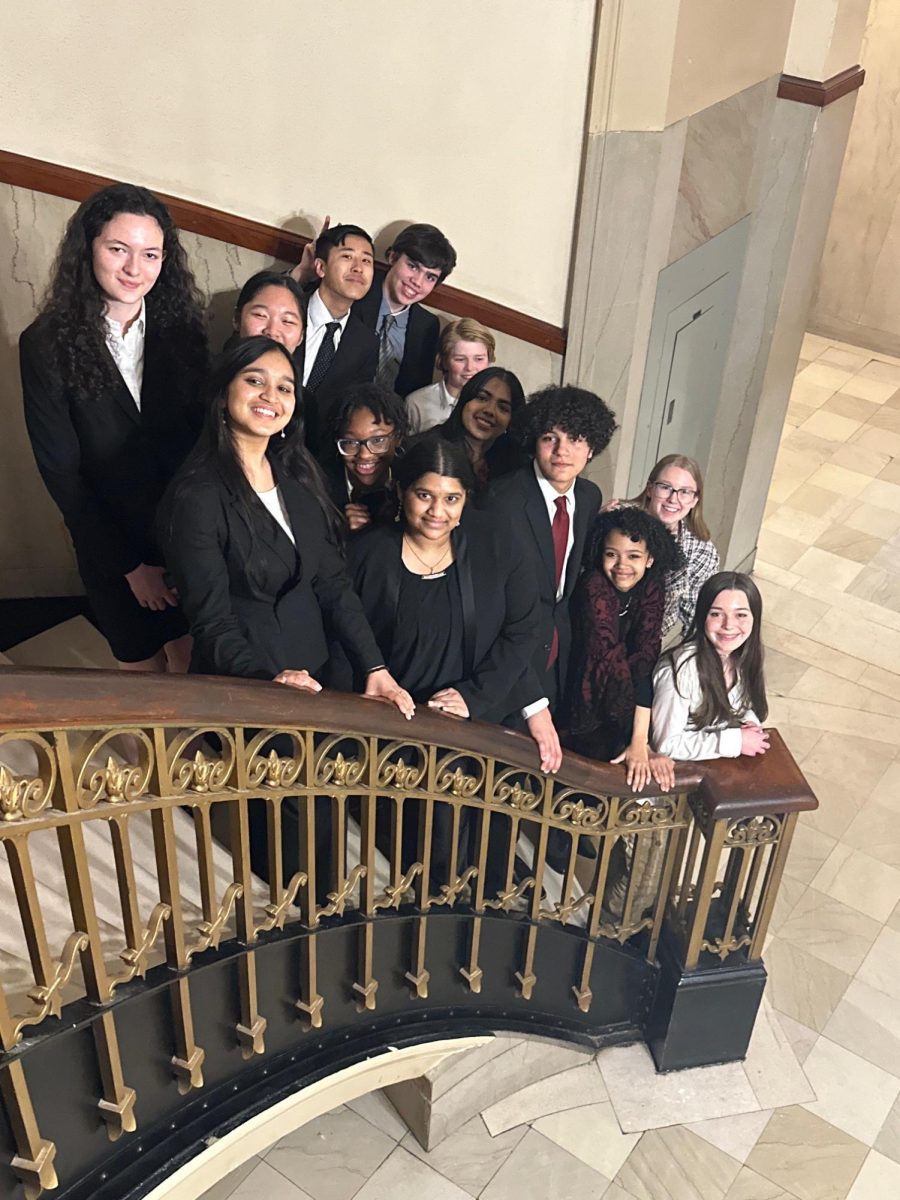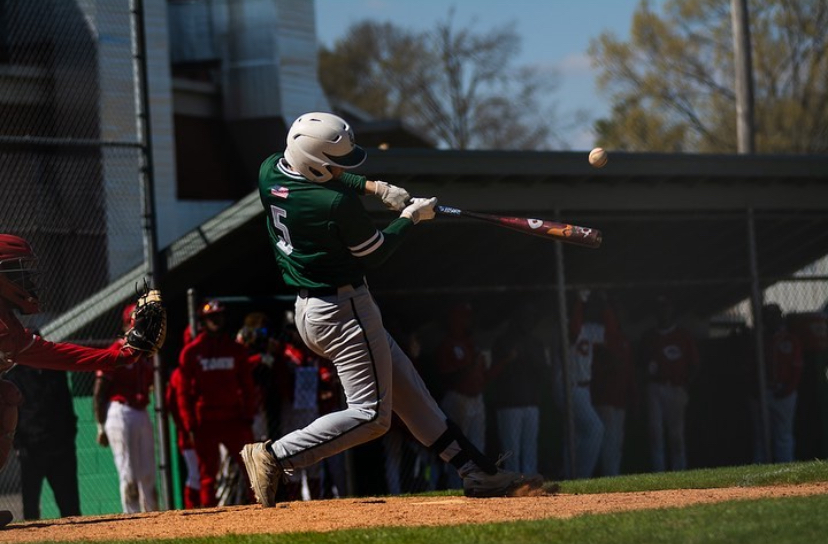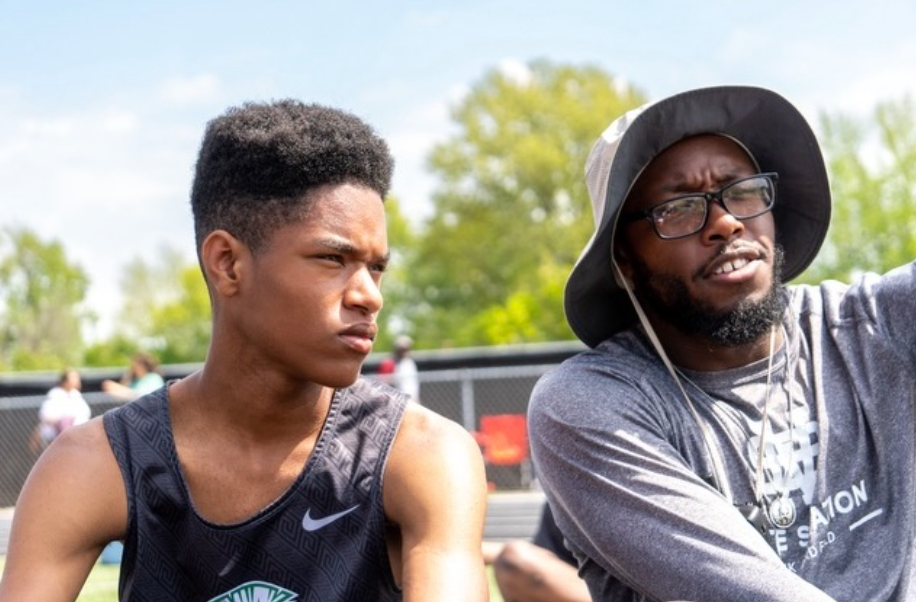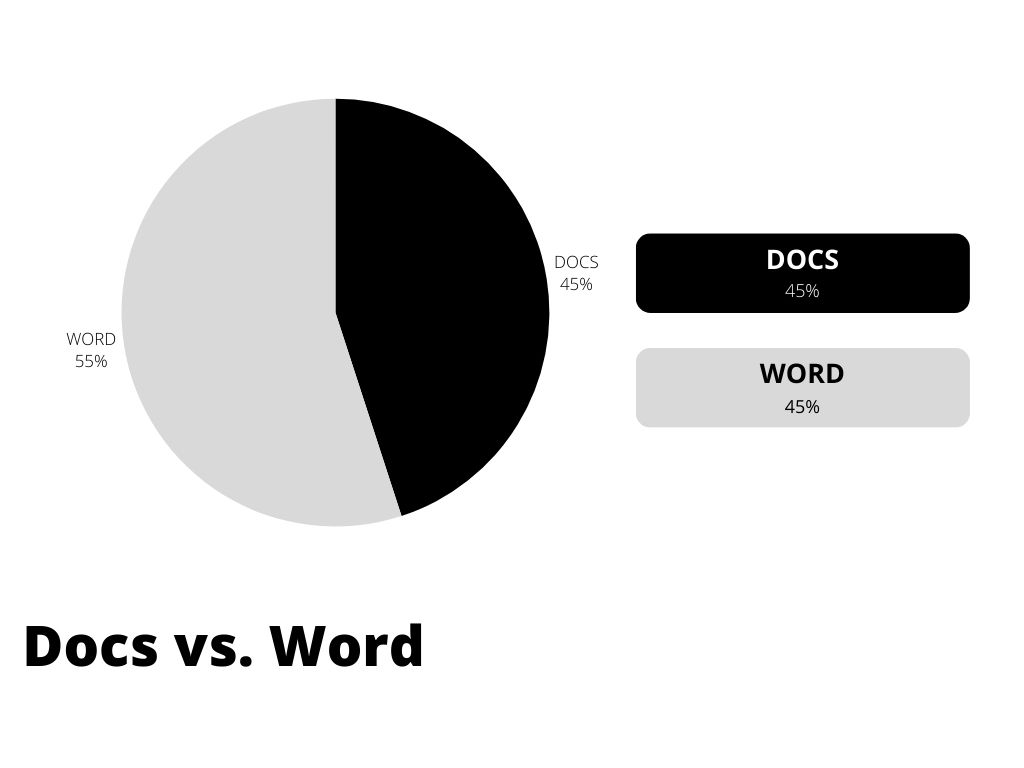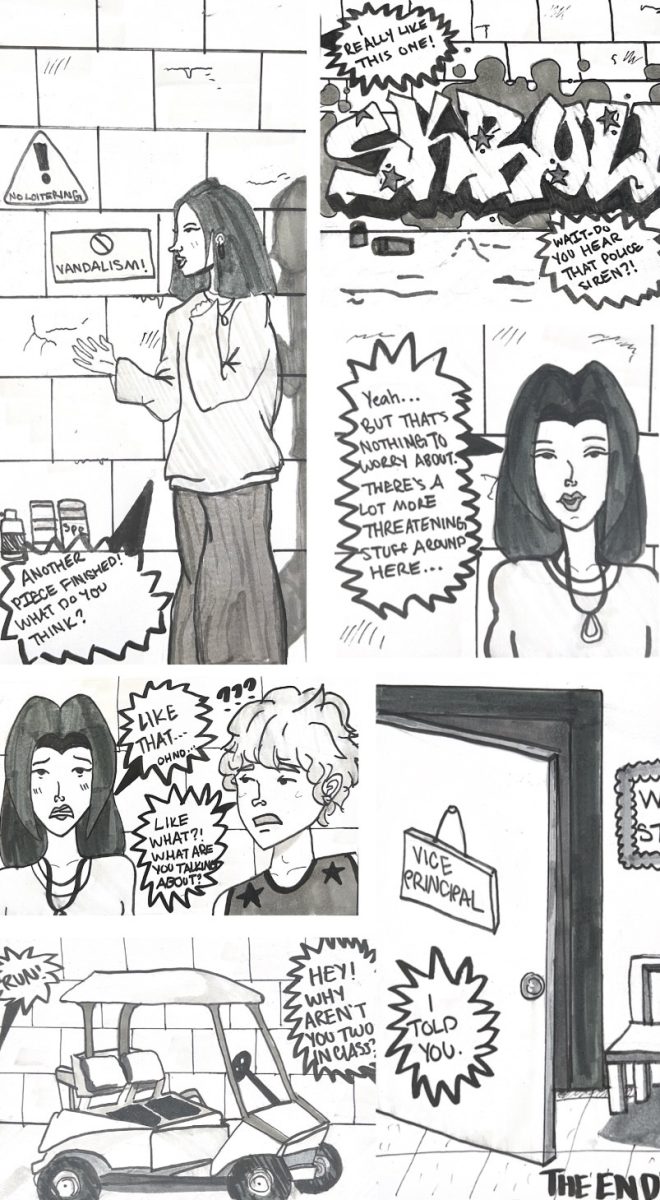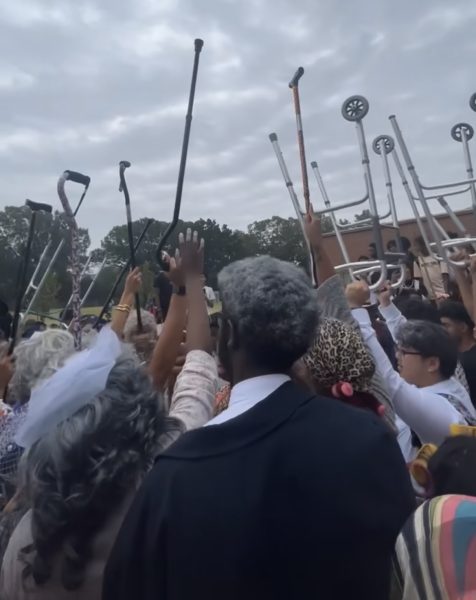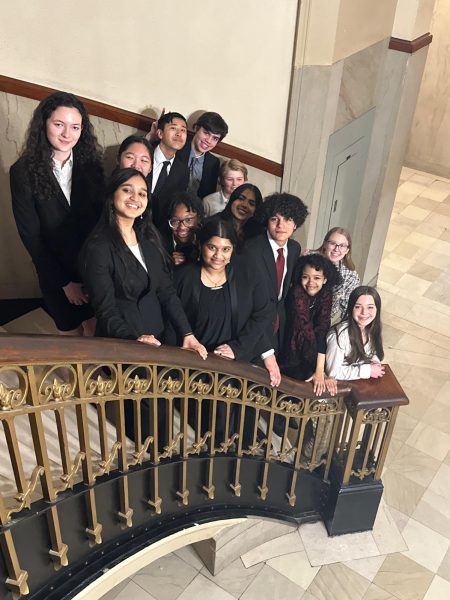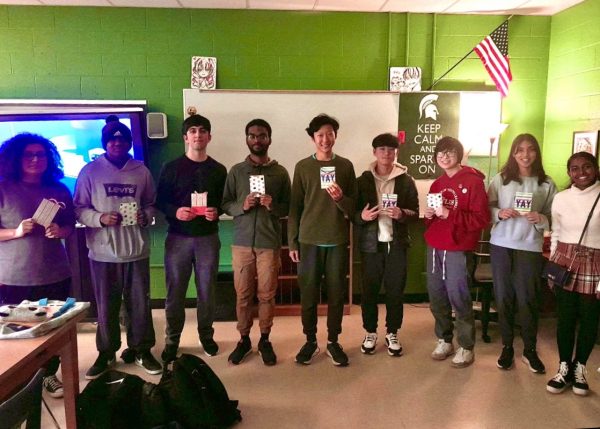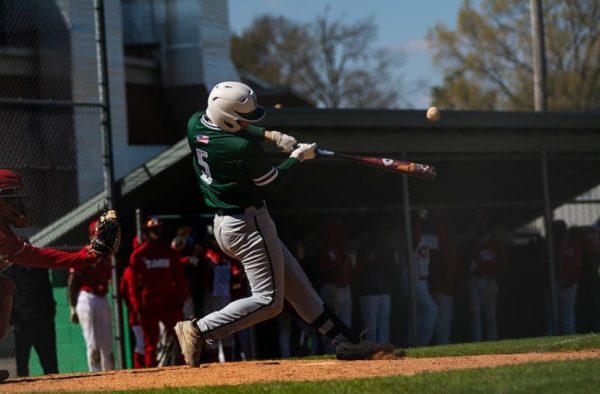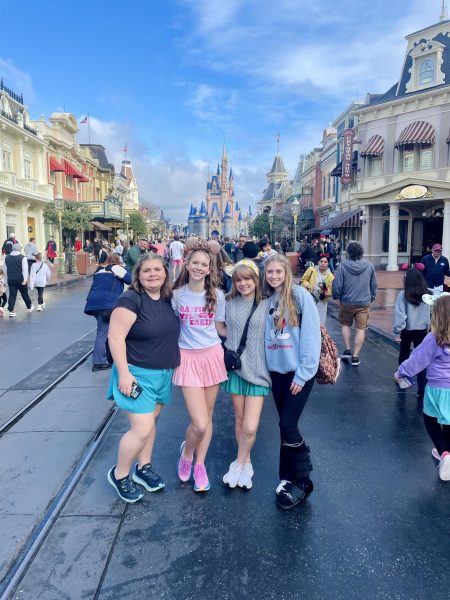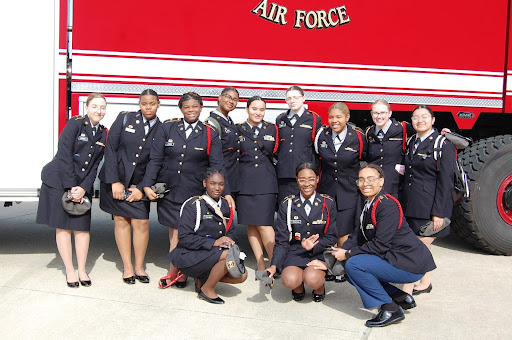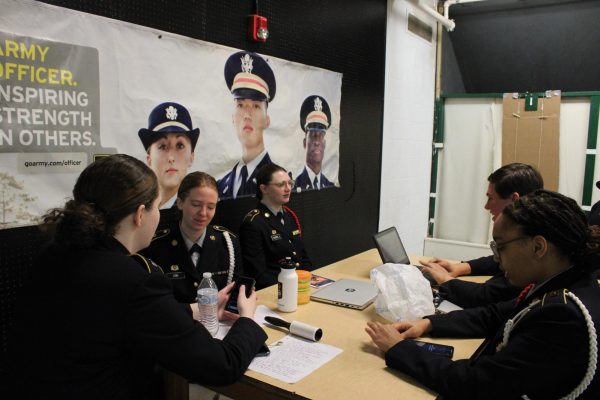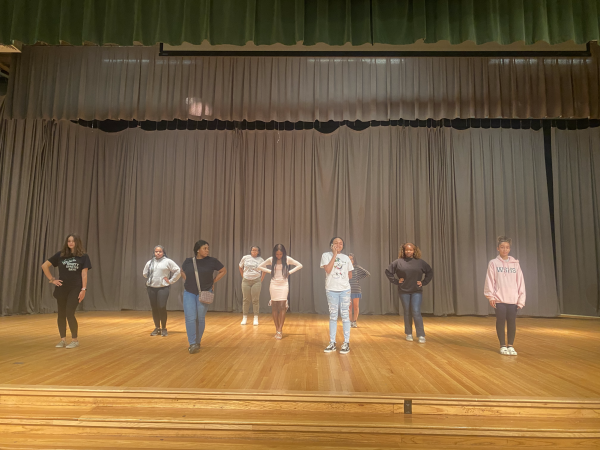Physical literacy
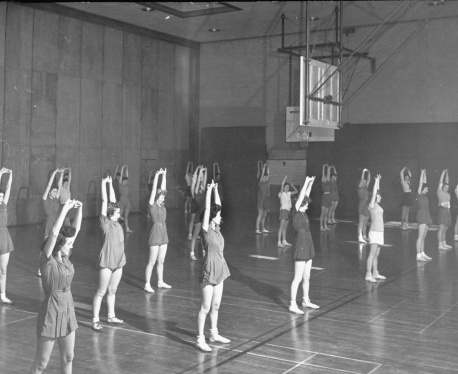
Getty Images/Time & Life Pictures Creative
Students enjoying calisthenics during gym class at their all white high school.
Physical Literacy
Gym classes do not matter. No one cares if I participate or not. It it not like it actually benefits me. Wrong.
In 2009,state educators, postsecondary leaders and business executives worked together to better prepare students for adulthood by aligning high school standards, graduation requirements and assessment systems with the demands of colleges and careers. One of these standards requires students to complete 22 credits to graduate and of those 22, one and a half are for Physical Education and Wellness courses.
According to the SCS Board of Education, the purpose of Physical Education and Wellness courses is to enable students to develop an understanding of fitness concepts. The curriculum of these courses is designed to improve students’ cardiovascular endurance, muscular strength, muscular endurance and flexibility/mobility. Through the development of physical perseverance students will begin to understand that by learning and participating in physical activities, they are building the foundation to maintain a healthy lifestyle.
These classes connect the mind with the body by teaching cooperation, endurance and understanding skills, not simply promoting physical fitness. These skills together create a student who is physically literate.
Physical literacy is the ability to move with confidence and competence in a variety of activities and environments that develop a well-rounded student. The idea is that as kids grow, they will develop physical literacy through structured and unstructured activities which change as kids grow in age and ability. Through the Diamond Concept students will learn to recognize value of physical activity for health, self-‐expression and/or social interaction purposes.
However, without a complete understanding of physical literacy, students do not see the point behind physical education classes.
“We run like every day, we stretch everyday too, and sometimes we lift weights,” Alyssa Chalmers (10) said. “We just exercise too much in my opinion.”
Because of this mentality, only about 1 in 4 high schoolers participate in physical activity for at least sixty minutes a day, according to the Center for Disease Control and Prevention. This proves a disadvantage, as active students are less likely to develop chronic diseases, and immune function is increased. According to an article published by the U.S. National Library of Medicine, endorphins, chemicals in the brain that cause calm and relaxed feelings, are released during exercise, so teenagers who workout are less likely to be stressed. In addition, exercising regularly increases learning ability, improves self-esteem and promotes a healthier lifestyle.
“There is more involvement for the student individually, and [a] higher level thinking order is magnified,” Coach Joe Rocconi said.
While physical fitness is an important part of physical education and wellness classes, the true goal is to help students obtain and maintain the skills needed to live a healthy and fulfilling life. The physical tests and assessments in these courses develop students’ personal and social skills by strengthening not only their bodies, but also their minds.
Your donation will support the student journalists of White Station High School. Your contribution will allow us to purchase equipment and cover our annual website hosting costs.

